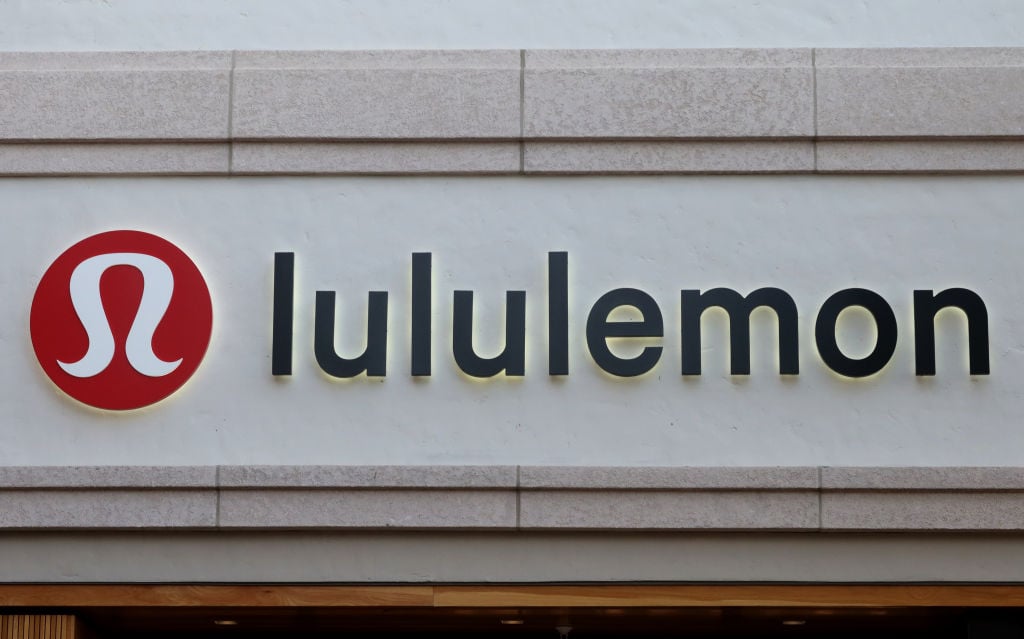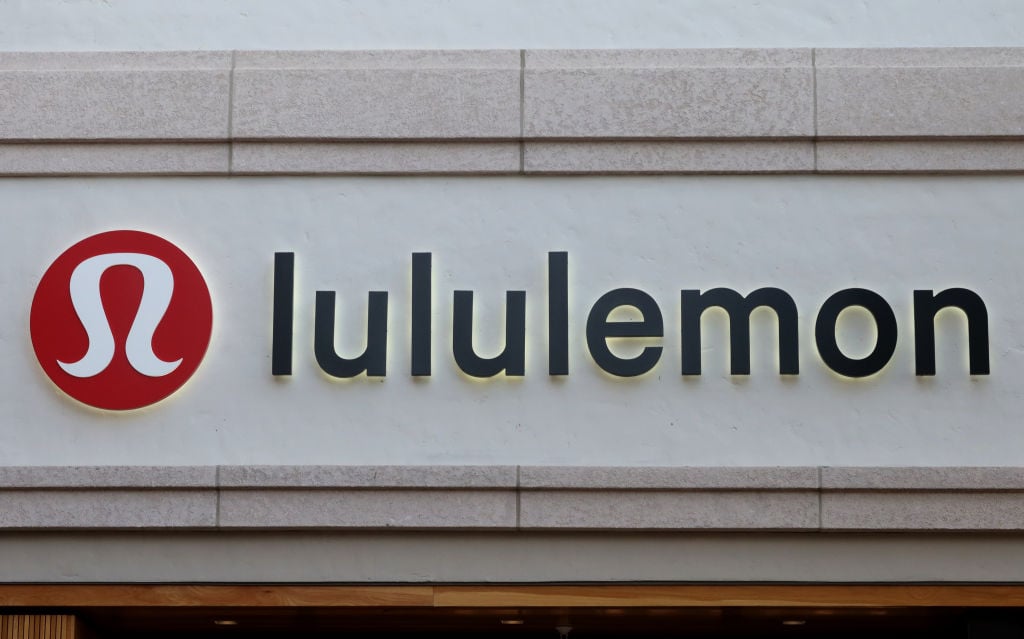Lululemon (LULU 0.88%) is a Vancouver-based athleisure brand whose claim to fame arose from its best-selling women's yoga pants. Today, it's much more than that. Lululemon sells a broad range of premium apparel and accessories through its retail stores, e-commerce platform, and brand partnerships across a broad variety of end customers.

Image source: Lululemon.
Slowdown in the Americas
So, why has the stock been so weak? First, Lululemon's main market, North America (especially the U.S.), is facing challenges.
In the first quarter of 2025, U.S. revenue grew just 2%, and comparable sales fell 1%. The reason given by the company was lower traffic and cautious shoppers cutting back on nonessential spending. This is a significant shift from the past, when the business saw double-digit growth, with annual revenue rising from $8.1 billion in 2023 to $10.6 billion in 2025, a more than 10% annual increase.
More competition and the softer economic backdrop are hurting performance in the U.S., which used to be the primary driver of income (and growth) for the company. The U.S. accounts for over 70% of Lululemon's sales and almost all of its operating profit.
Headwinds in China, too
China, once a shining star for Lululemon, has also raised concerns. The number of stores in China grew from 10 in 2018 to over 130 by 2024, and sales reached $1 billion in 2024, with double-digit growth. However, recent numbers show slower growth.
In the first quarter of 2025, revenue in China rose 22% (excluding currency changes), which is good but moderating from the 30% growth rate posted in 2024. Some investors are concerned that China's economic problems, along with possible tariffs from sourcing in Vietnam, could reduce profits in this fast-growing area.

NASDAQ: LULU
Key Data Points
Punished by the market
These concerns have contributed to a lower valuation for Lululemon, with the stock trading at 14 times its expected future earnings, well below the apparel industry's 27 ratio (including peers such as Nike, Adidas, VF, and Under Armour) and a far cry from the 40 forward earnings multiple it once traded at! This means investors can now buy a dollar of expected earnings from Lululemon at around half the price of its peers and just over a third of what they paid two years ago.
International: The hidden gem
The compression in Lululemon's multiples would suggest that the business is now a mature, low-growth retailer.
However, while Wall Street fixates on sales in North America and China, Lululemon's broader international business is quietly picking up steam. In the first quarter of fiscal 2025, revenue in its Rest of World (excluding China) segment grew 17% in constant currency, far outpacing North America's sluggish performance.
The company is aggressively expanding its footprint in Europe and the Asia-Pacific region, with new store openings planned for Italy, Denmark, Belgium, Turkey, and the Czech Republic in 2025. These moves build on Lululemon's strategy to diversify revenue streams and reduce reliance on the U.S. market. With only about 20% of sales currently coming from outside the U.S. and Canada, there's massive room for growth in these underpenetrated markets.
International expansion isn't just about opening new stores; it's about tapping into new customer bases and driving higher margins. Lululemon's premium brand resonates strongly in markets like Europe, where consumers value quality and performance in athletic wear.
Margins are relatively lower in this business line today, with an operating profit margin hovering around 25% versus the North American business, which is pushing near 40%. This is another reason some investors are overlooking this segment. However, as they gain operating scale, these margins have (and will) trended meaningfully upward.
Skeptics might argue that international expansion carries risks. Execution challenges, such as adapting to local tastes or navigating regulatory hurdles, could trip up growth.
But Lululemon has a track record of navigating these waters. Its vertically integrated business model -- controlling design, manufacturing, and retail -- gives it flexibility to adapt quickly.
Financial powerhouse
Inspecting the financials, I see a lot to like. Returns on invested capital (ROIC) consistently exceed 20% and returns on equity (ROE) eclipsed 40% last year. This means the company is consistently and efficiently generating strong earnings.
To top it off, Lululemon's balance sheet remains rock-solid, with strong cash flow and no significant debt, providing the financial muscle to self-fund expansion without stretching itself thin.
Is the stock a buy?
The market's pessimism has pushed Lululemon's stock down to a tempting entry point at just 14 times earnings. While investors remain fixated on North American headwinds and China's slowdown, they're missing the bigger story: Lululemon's global growth runway is far from tapped.
For patient investors, this premium brand at a discount could be today's overlooked stock that turns into tomorrow's long-term winner.









